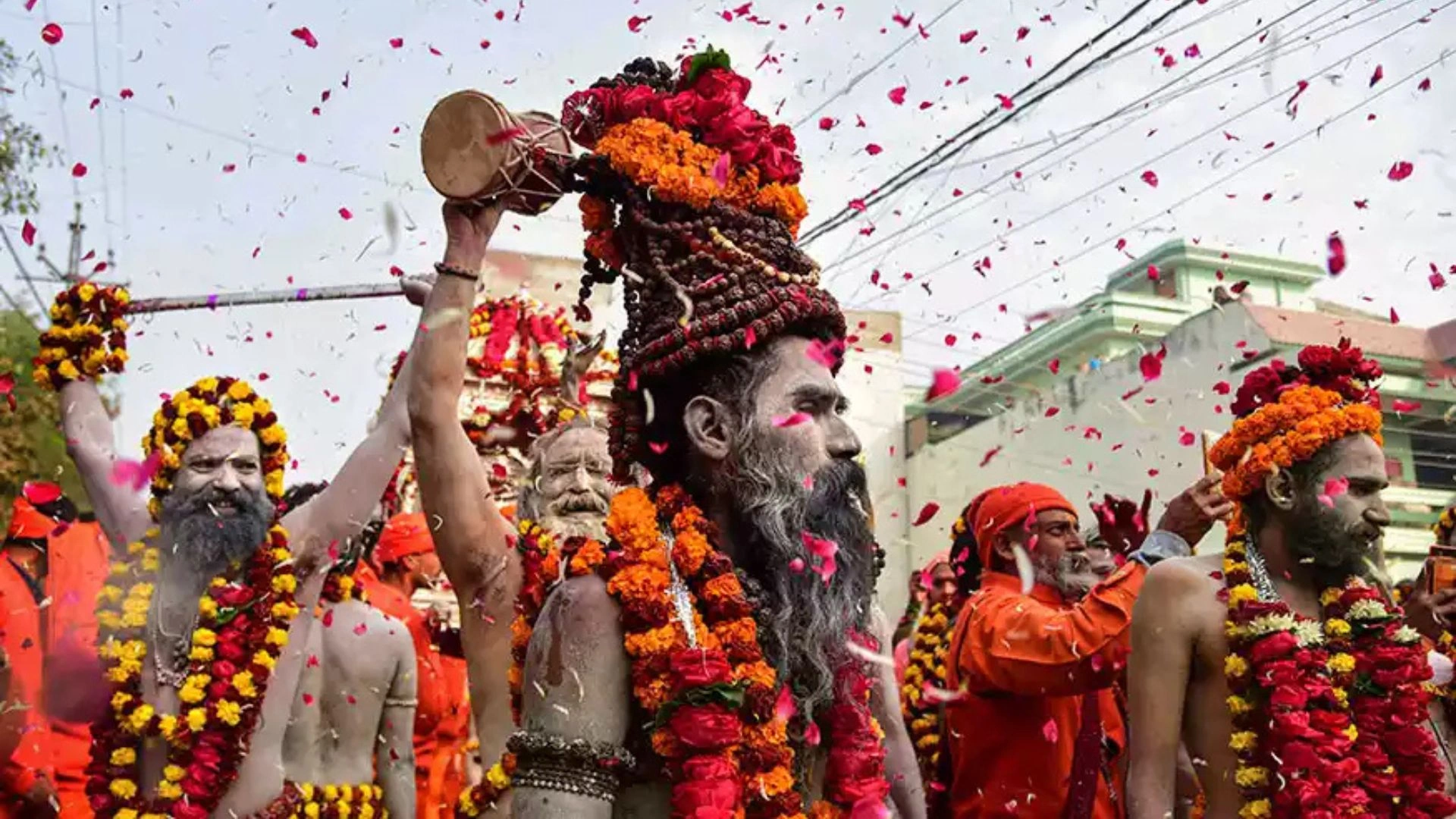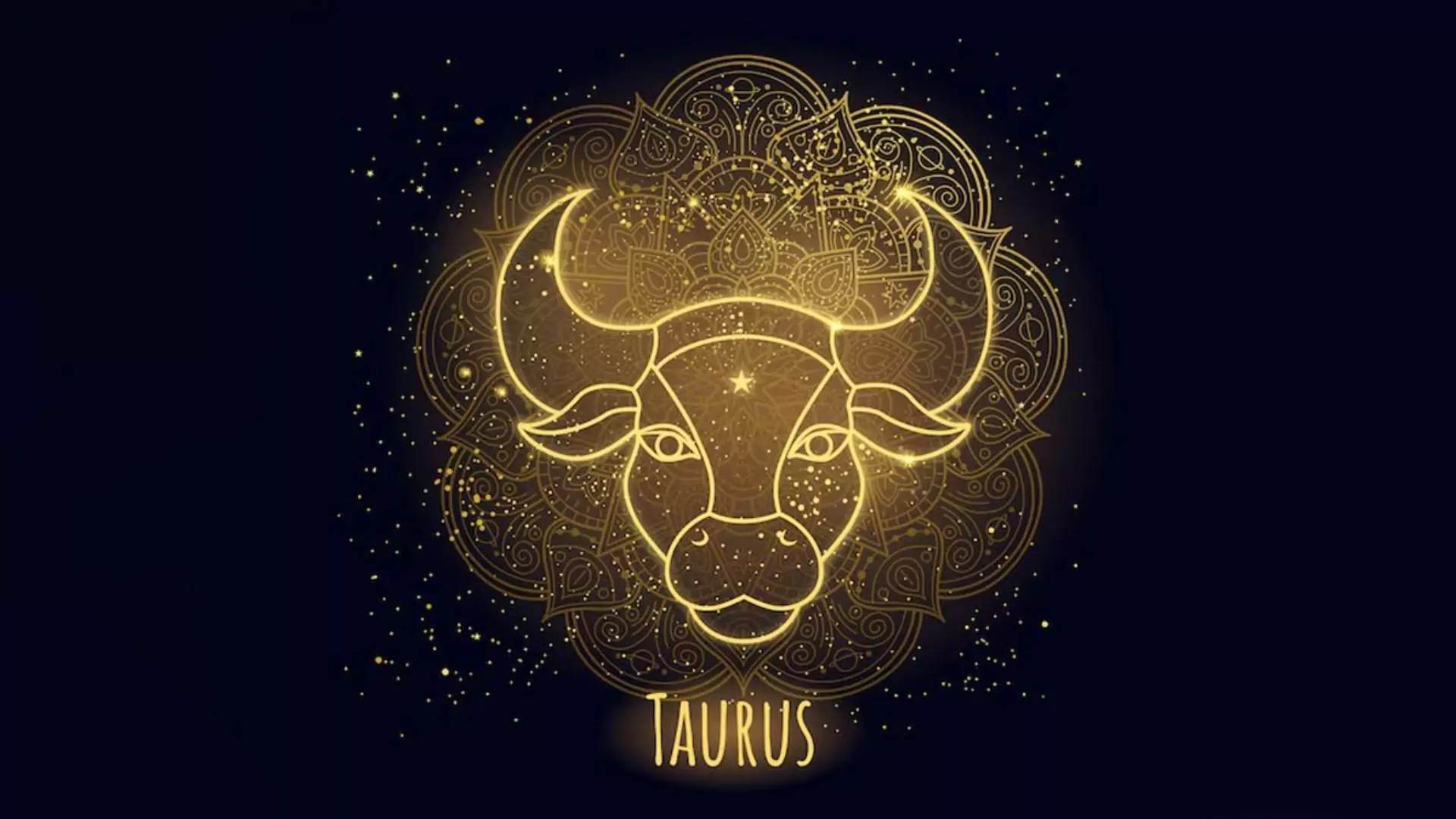If you’ve yet to witness the breathtaking northern lights this year, your final opportunity has arrived. A G3 geomagnetic storm is expected to create a dazzling aurora borealis display on December 31, stretching across the northern United States and parts of Europe. This rare celestial event is the result of intense solar activity, including a solar eruption, or coronal mass ejection (CME), that occurred on December 29.
The Space Weather Prediction Center (SWPC) has issued a geomagnetic storm watch, with NOAA confirming that the G3-level storm could extend auroras as far south as Illinois and Oregon. NASA has emphasized that 2024 has been a historic year for northern lights visibility, reaching a 500-year peak due to unprecedented solar activity tied to the sun’s solar maximum, which peaked in October.
Adding to the anticipation, NOAA and NASA reported three powerful X-class solar flares on December 29, which released two CMEs. While not directly striking Earth, these CMEs are expected to interact with our planet’s atmosphere, energizing particles to produce vibrant auroras.
NOAA explained, “A G3 (Strong) geomagnetic storm watch is in effect for Dec. 31, with a G1 (Minor) watch for Jan. 1.” The possibility of upgrading the G1 watch to G2 reflects the dynamic and unpredictable nature of these solar phenomena, making this auroral event a must-see spectacle.
The Sun has really stepped up over the past few days, with frequent solar flares including a strong X-class event! A selection of these flares produced Earth-directed eruptions, expected to trigger a strong geomagnetic storm (bringing aurora) on the 31st! #spaceweather pic.twitter.com/oSiBZWAM4h
— Dr. Ryan French (@RyanJFrench) December 29, 2024
For skywatchers, this event marks not only the grand finale of 2024’s remarkable solar activity but also a rare chance to experience the northern lights at latitudes far south of their typical range.
Key Viewing Times and Locations
NOAA forecasts that the most intense auroral activity will occur between 4-7 a.m. EST on Dec. 31, with additional visibility likely through Jan. 1. The auroras may reach as far south as Illinois and Oregon, making them visible to millions across the northern U.S. and parts of Europe. The full list of U.S. states with visibility includes:
- Washington
- Oregon
- Idaho
- Montana
- Wyoming
- Nebraska
- North Dakota
- South Dakota
- Minnesota
- Iowa
- Wisconsin
- Illinois
- Michigan
- New York
- Vermont
- New Hampshire
- Maine
What is a Geomagnetic Storm?
A geomagnetic storm occurs when solar activity, like Coronal Mass Ejections (CMEs), interacts with Earth’s magnetosphere, causing disruptions. These storms can affect satellite operations, navigation systems, power grids, and pipelines. Fortunately, Earth’s magnetic field protects inhabitants from direct harm, instead creating dazzling auroras in the sky. The National Oceanic and Atmospheric Association (NOAA) predicts that the upcoming storm will generate “bright and active” auroras.
The forecasted G3-level geomagnetic storm results from CMEs colliding with Earth’s magnetic field, which energizes particles in the upper atmosphere, leading to vibrant auroras. NOAA’s DSCOVR and ACE satellites provide 15-30 minutes of warning by measuring the speed and magnetic intensity of CMEs, helping to predict auroral displays.
Solar Cycle 25 has been at its solar maximum throughout 2024, marking the sun’s most active phase in its 11-year cycle. This high solar activity, expected to continue into 2025, has led to frequent auroral displays throughout the year. As a result, this New Year’s Eve event is likely to feature especially stunning auroras due to ongoing solar activity.
Tips for the Best Aurora Experience
To enjoy the northern lights, seek out locations far from city lights, ideally in dark sky parks or rural areas. Facing northward with a clear horizon enhances visibility. While auroras often appear more vivid in photographs, using “night mode” on cameras or smartphones can enhance the visible colors for a more immersive experience.
For urban dwellers, avoiding bright artificial light sources and focusing on the northern horizon can increase the chances of catching this spectacular phenomenon. Remember, the aurora is most vivid under clear, dark skies.
Causes of the Northern Lights
The northern lights, or aurora borealis, occur when charged particles from the sun interact with Earth’s magnetic field. These particles are carried by the solar wind and gain additional energy from CMEs, which can take several days to travel to Earth. During significant geomagnetic events, the auroral oval expands, allowing displays to be seen much farther from the poles, sometimes as far south as 25 degrees latitude.
This year has been extraordinary for solar activity, from total eclipses to multiple auroral events. Experts predict that Solar Cycle 25’s high activity will extend into 2025, potentially providing more frequent auroral displays at lower latitudes. For those in the viewing zones this New Year’s Eve, this event could be an unforgettable highlight to end the year.
ALSO READ: Global Population To Hit 8.09 Billion on New Year’s Day With India At The Top: US Census



















